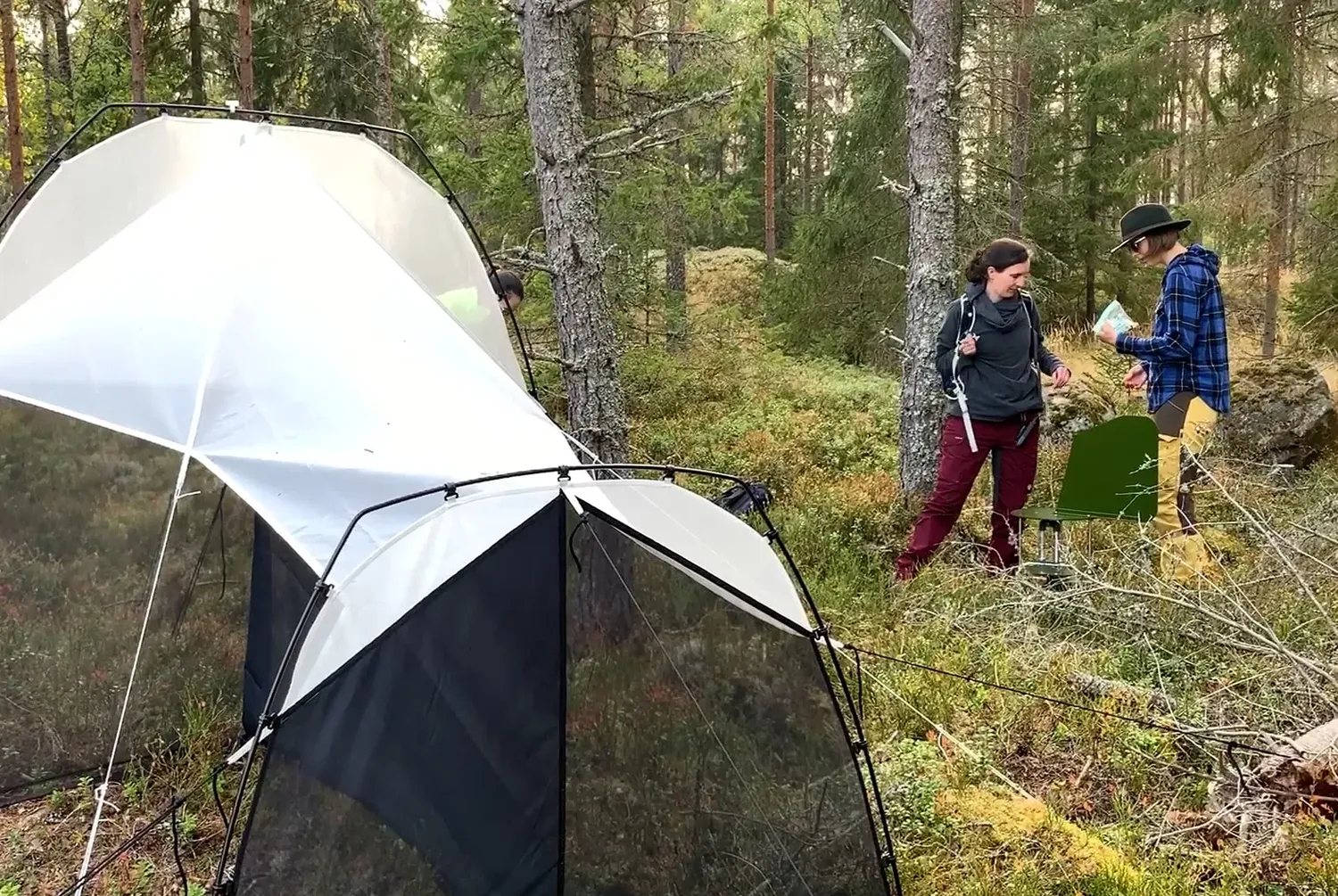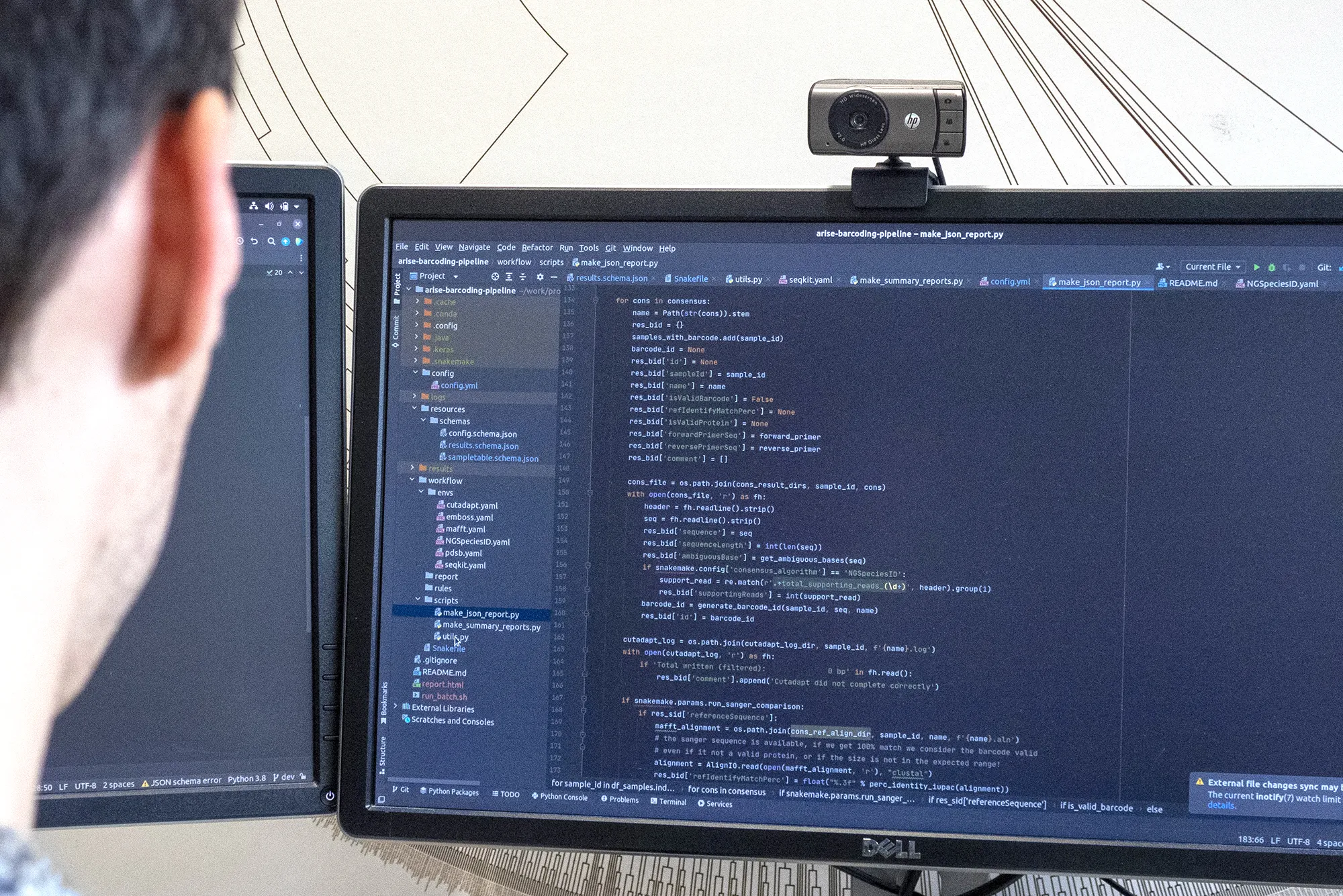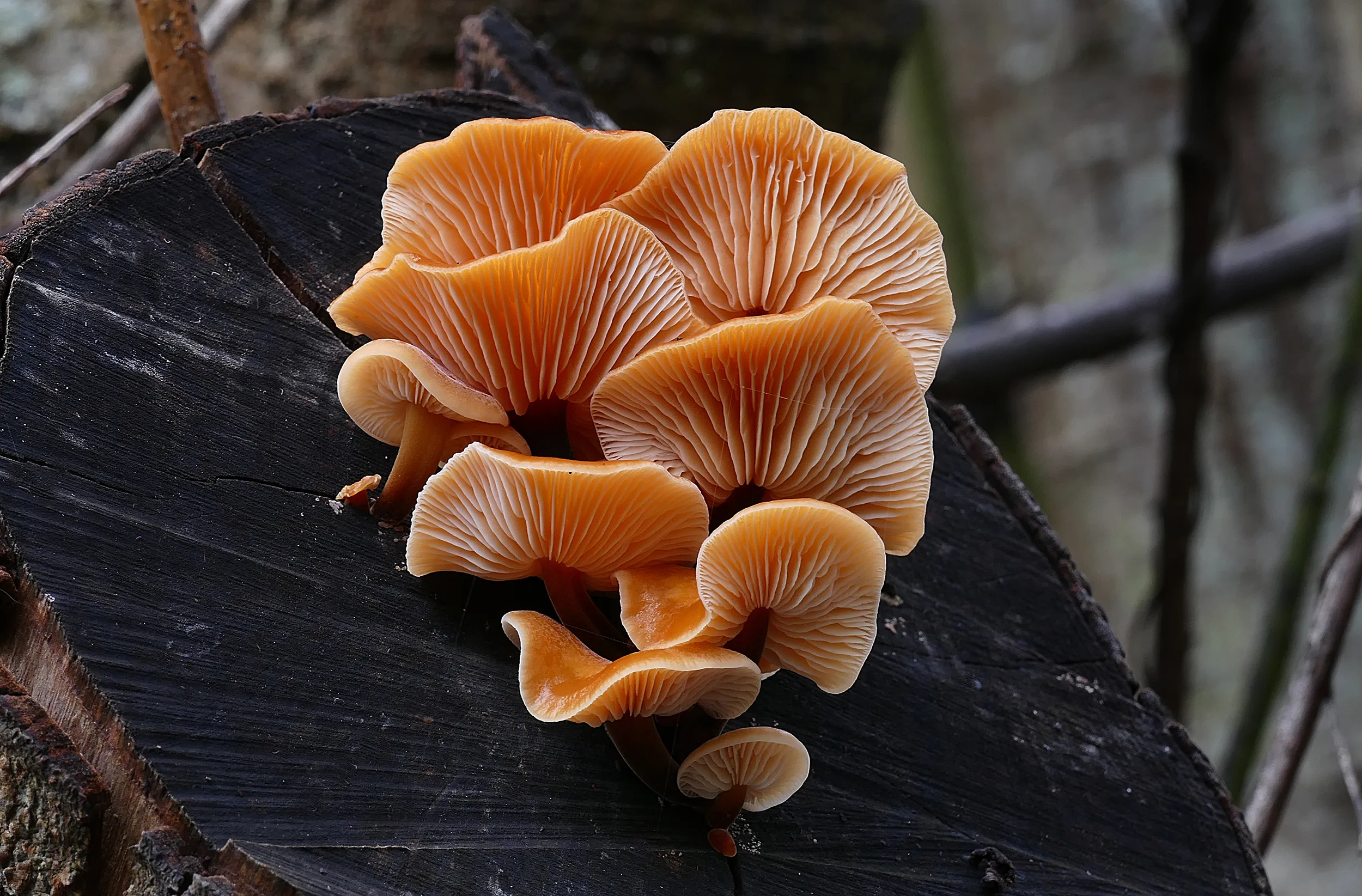BIODIVERSITY GENOMICS EUROPE
BGE Research
Our approach to sampling, sequencing, data, application and linking DNA barcoding and full genome sequencing – described here for scientists. For an accessible introduction to these topics, explore the Knowledge Platform.
Biodiversity Genomics Europe unites researchers in the rapidly growing fields of whole-genome sequencing and DNA barcoding. Working together, we are creating a step change in European biodiversity genomics research, underpinning biodiversity conservation and DNA-based biomonitoring, improving access across the continent, engaging practitioners, policymakers, the public and citizen scientists, and future-proofing genomics research.
Combining the expertise of Europe’s existing genome-sequencing and DNA-barcoding networks (ERGA and iBOL Europe, respectively) enables us to maximise economies of scale, standardise activities, and harmonise data management. This in turn supports a scaling-up of biodiversity genomics to meet the global challenges of biodiversity loss, the climate emergency, sustainable development and improving human health and wellbeing.
Genome sequencing
BGE establishes a distributed European infrastructure for generating high-quality, complete genome sequences for all the continent’s eukaryotic species, curated in an atlas of reference genomes available to all to support future research and applications including agriculture, pharmaceuticals and conservation.
DNA barcoding
BGE upscales and integrates the production, sharing and use of DNA barcodes across Europe, with a particular focus on key groups that underpin knowledge of ecosystem health, and metabarcoding of focus communities. This began with surveying the membership of the existing iBOL Europe network and creating a formal European node of the International Barcode of Life.
“DNA barcoding gives us a tool to measure – at scale – how species are responding to changing environments, changing management practices, and changing conservation interventions … There are industrial-scale pressures on the environment, and we need industrial-scale tools to measure biodiversity responses.”
Two parallel streams
In BGE, both whole-genome and DNA-barcoding streams incorporate the same core steps: sampling, sequencing, data management and processing, and application. Our work programmes establish large-scale, parallel data-generation pipelines and mechanisms for both streams, aligned across nations. Standardised operating procedures and strengthened research infrastructure connect resources, build economies of scale and distribute capacity across participating institutions.








